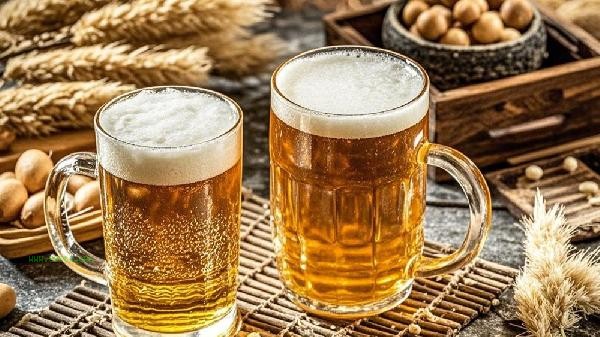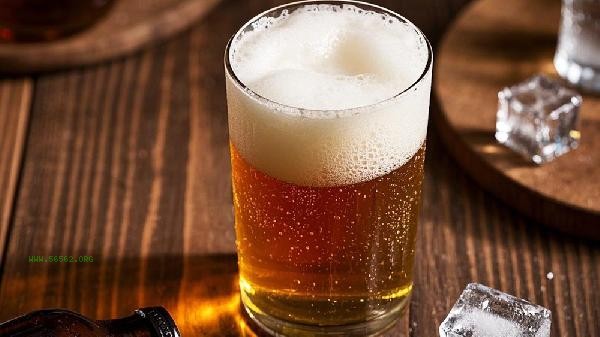The degree of drunkenness in Huangjiu and beer varies from person to person. Huangjiu is more likely to get drunk when the alcohol content is high and the metabolism is slow, while beer is more likely to get drunk when the alcohol content is low and the metabolism is fast. Factors such as alcohol absorption rate, individual differences, and drinking habits can all affect the feeling of drunkenness. The alcohol content of Huangjiu is usually between 15% and 20%, much higher than the 3% to 5% of beer. The sugar and amino acids in Huangjiu can delay gastric emptying, causing alcohol to stay in the body for a longer period of time and increasing the probability of drunkenness. Some people are sensitive to the higher alcohols in Huangjiu and may experience discomfort such as headaches. Drinking warm yellow wine can accelerate alcohol absorption, and drinking on an empty stomach makes it easier to get drunk. The traditional brewing process makes Huangjiu contain a lot of homologous substances, which may exacerbate hangover symptoms. Although beer has a low alcohol content, its total alcohol intake may exceed that of yellow wine when consumed in large quantities. The carbon dioxide in beer can stimulate the stomach and accelerate the absorption of alcohol into the small intestine. The low temperature of chilled beer may mask the alcohol stimulation and lead to excessive consumption. Some people are intolerant to purines or gluten in beer, and may experience edema or gastrointestinal discomfort after drinking alcohol. The additives added to industrial beer may affect the rate of alcohol metabolism.

It is recommended to choose alcohol based on personal constitution, control alcohol consumption, and avoid drinking on an empty stomach. When drinking alcohol, pair it with high protein or high-fat foods to slow down absorption and avoid mixing with carbonated drinks. Drinking plenty of water after drinking promotes metabolism, and seek medical attention promptly if discomfort occurs. Long term alcohol consumption requires attention to liver health and regular physical examinations to assess the impact of alcohol on the body.










Comments (0)
Leave a Comment
No comments yet
Be the first to share your thoughts!